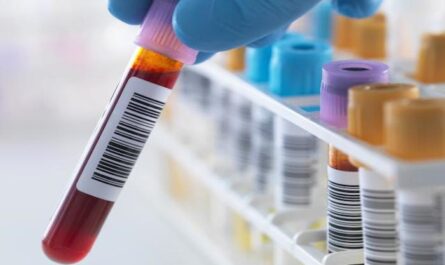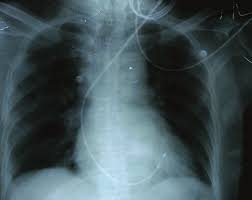
What is Leukemia?
Leukemia is a type of cancer that affects the blood and bone marrow. It happens when the bone marrow makes abnormal white blood cells. These abnormal white blood cells crowd out the healthy blood cells in the bone marrow, preventing them from doing their jobs. This can allow infections and problems with bleeding to occur more easily. There are different types of leukemia depending on the specific blood cell affected and the speed of progression.
Who Is At Risk?
Certain groups are at higher risk of developing leukemia than others. Factors that may increase risk include:
Age – Risk goes up with age, and most leukemias occur in adults over age 60.
Gender – Some types are more common in men or women.
Previous treatment – People who had chemotherapy or radiation therapy in the past have a higher risk.
Genetics – Some genetic syndromes and family histories increase risk.
Benzene exposure – Exposure to this chemical found in gasoline has been linked to higher rates.
Radiation exposure – High doses of radiation used in things like nuclear power plant accidents raise risk levels.
Smoking – Smokers have a higher risk of developing acute myeloid leukemia.
While risk is higher in these groups, leukemia can affect anyone. That’s why screening is important, especially as you get older.
Screening Recommendations
The American Cancer Society recommends the following screening tests to help detect leukemia at an early stage:
Complete Blood Count (CBC) – This common blood test measures red blood cell, white blood cell, and platelet counts. Abnormal counts can indicate leukemia. A CBC is recommended as part of routine medical checkups for adults over 50.
Blood Smear Examination – A specially prepared blood sample is looked at under a microscope. Abnormalities in how white blood cells look can suggest leukemia. This may be done if a CBC shows abnormal cell counts.
Bone Marrow Aspiration and Biopsy – For these tests, bone marrow fluid and/or a small piece of bone are removed from the hip bone. The samples are examined under a microscope for signs leukemia may be present, such as an abnormal number or type of blood cell precursors. This test is not usually done as part of routine screening, but may be recommended if other test results suggest leukemia needs to be ruled out.
Screening Recommended Testing Schedule
Based on guidelines from cancer organizations, here are recommendations for leukemia screening tests:
– Ages 50-54: Discuss screening options with your doctor, especially if you have risk factors.
– Ages 55-74: Have a CBC done as part of your annual wellness visit or physical exam.
– Ages 75 and older: Continue to talk to your doctor about screening needs based on your health history and any new signs/symptoms.
– At any age with symptoms: See your doctor right away about evaluation if you notice easy bruising/bleeding, frequent infections, unexplained weight loss, or feeling very tired all the time.
Screening has benefits, but also limitations. It’s important to talk screening options through with your healthcare provider based on your individual circumstances and risk level. Catching any blood cancer like leukemia early improves treatment options and survival outlook.
Types of Leukemia Screening
Acute Leukemia Screening
Acute leukemia comes on suddenly and progresses aggressively if not treated. The main types of acute leukemia screened for include:
– Acute Lymphoblastic Leukemia (ALL) – This most common leukemia in children affects lymphocytes. Screening focuses on CBC and smear exams in those with symptoms.
– Acute Myeloid Leukemia (AML) – AML begins in myeloid cells of the bone marrow. CBCs can detect low blood cell counts indicating further testing is needed.
Chronic Leukemia Screening
While still cancer, chronic leukemias progress more slowly than acute types. The two chronic leukemias screened for are:
– Chronic Lymphocytic Leukemia (CLL) – CLL involves an overgrowth of abnormal lymphocytes over months or years. CBCs can detect too many lymphocytes leading to a workup.
– Chronic Myeloid Leukemia (CML) – CML results from a genetic defect creating extra granulocytes. CBCs that find high white and granulocyte counts may warrant a chromosome study.
Screening Spreads Awareness
As with any cancer, screening for leukemia aims to find it as early as possible. This detects it when potentially more treatment options exist and care can be less intensive. Screening also spreads awareness. The more people understand the importance of regular checkups, the more pre-symptomatic cases can be caught and managed. By understanding risk factors and recommended tests, people at higher risk can work with doctors on tailored screening plans. Together, screening holds promise to one day reduce leukemia diagnosis at later stages when outcomes are poorer. Ongoing research looks to improve screening strategies and guidelines further still.
*Note:
- Source: Coherent Market Insights, Public sources, Desk research
- We have leveraged AI tools to mine information and compile it


